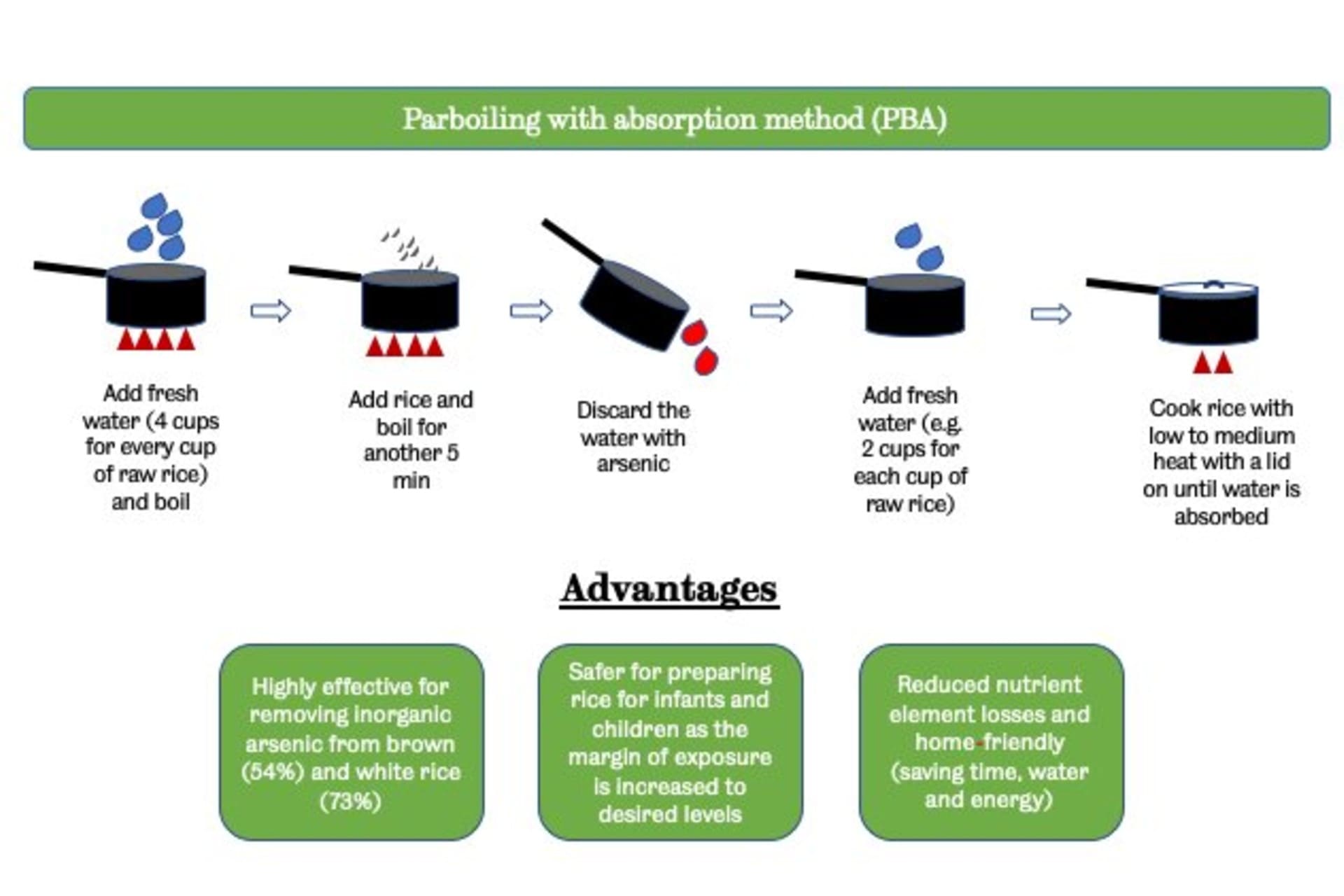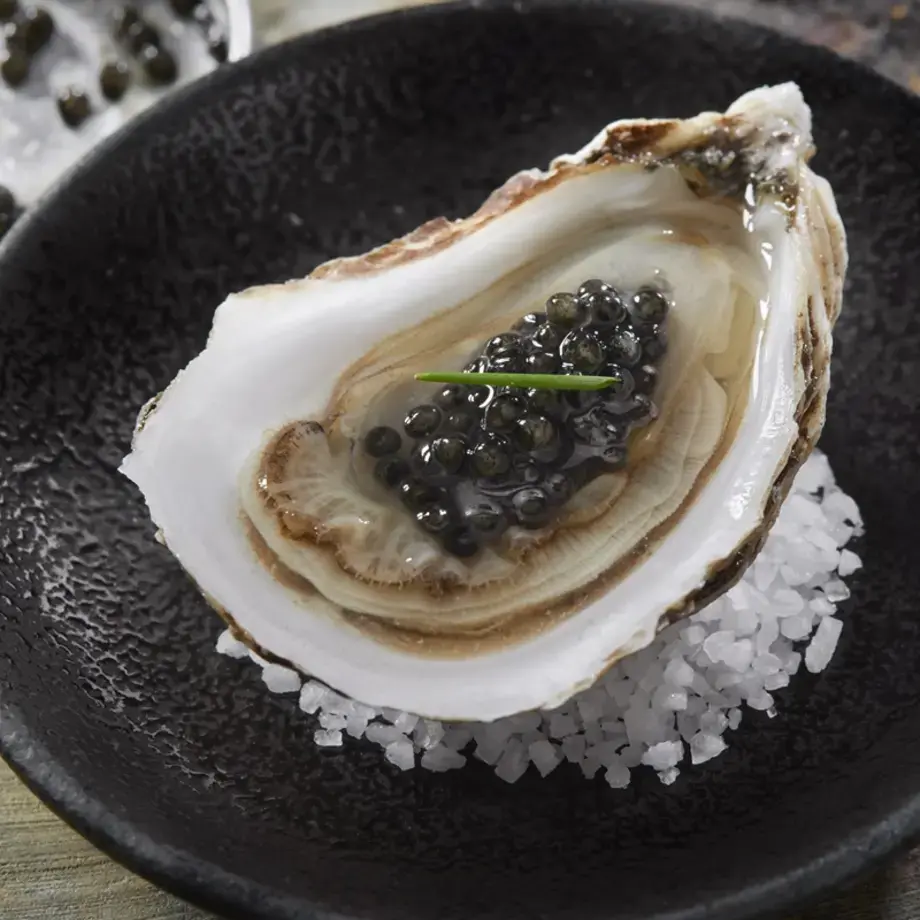New research has revealed the best way to cook rice to remove over 50% of the naturally occurring arsenic in brown rice, and 74% in white rice.
Arsenic is water-soluble and accumulates in rice that is grown in flooded fields. It is known to accumulate in rice in ten times the amounts of other cereals. Exposure to it affects almost every organ in the body and can cause skin lesions, cancer, diabetes and lung diseases.
A new study by the University of Sheffield, published in Science of the Total Environment, tested different ways of cooking rice in order to reduce the arsenic content and found a clear winner.
The "parboiling with absorption method" (PBA), removed most of the arsenic, while not removing the micronutrients in cooked rice. The PBA method involves parboiling the rice in pre-boiled water for five minutes before draining and refreshing the water, then cooking it on a lower heat to absorb all the water.













